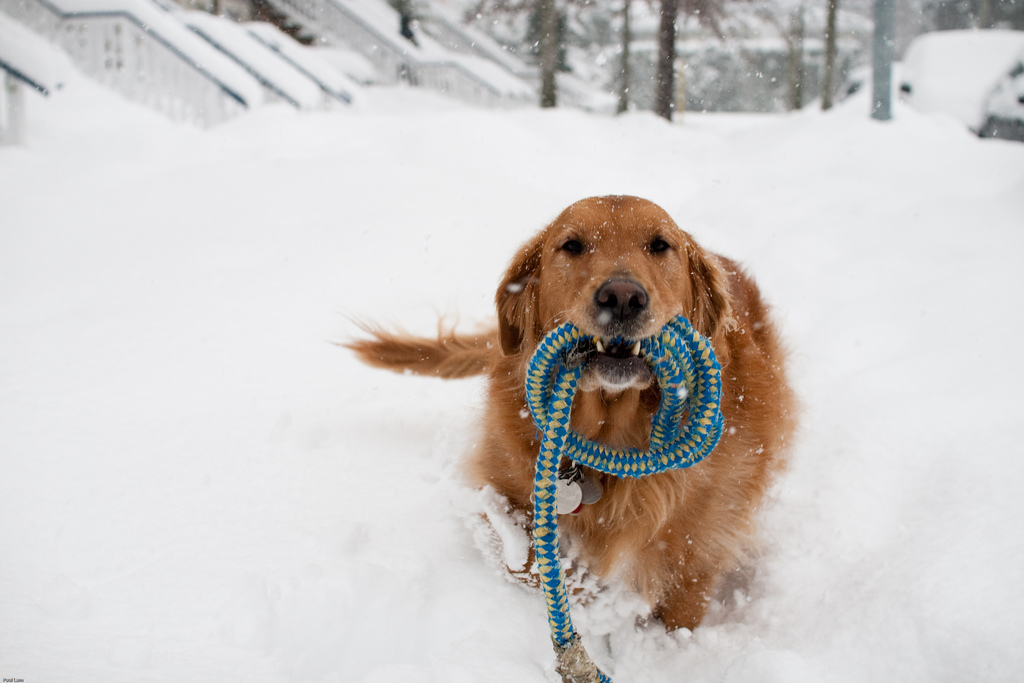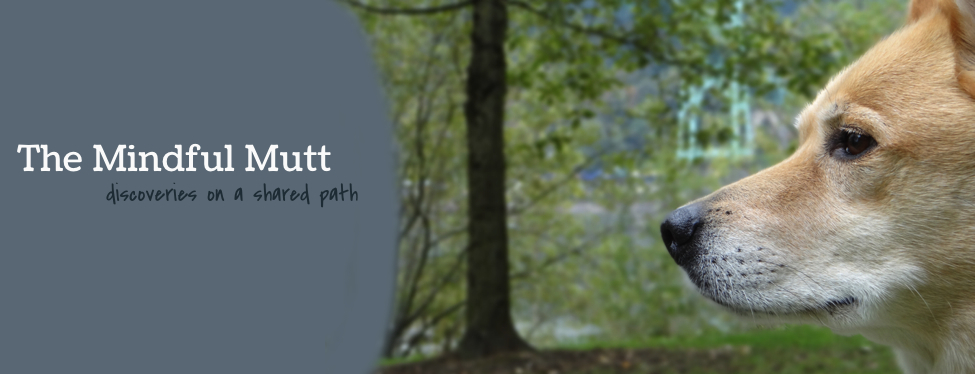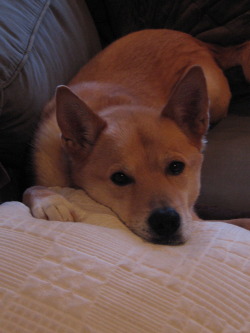The gift of autonomy
 Wednesday, December 12, 2012 at 1:09PM
Wednesday, December 12, 2012 at 1:09PM  Many of you may already be familiar with the work of Patricia McConnell, who's an applied animal behaviorist and a wise, generous resource for humans and dogs alike. Her books range from the highly practical (including a series of short works addressing common behavioral challenges, from leash reactivity to separation anxiety) to the provocatively theoretical.
Many of you may already be familiar with the work of Patricia McConnell, who's an applied animal behaviorist and a wise, generous resource for humans and dogs alike. Her books range from the highly practical (including a series of short works addressing common behavioral challenges, from leash reactivity to separation anxiety) to the provocatively theoretical.
My favorite of McConnell's books is The Other End of the Leash, which summarizes the research she and others have done into the ways that human and canid styles of communication differ and sometimes create confusion. (The short version of one common misunderstanding: primates establish authority by getting loud, canids by getting quiet. Thus yelling at a barking pup often backfires not only because he's likely to suppose that there really is something to bark about if we're barking too, but also because our vocal eruptions connote immaturity to a canine mind. Oops!)
"The Other End of the Leash" is also the title of McConnell's wonderful blog. She posts regularly there about her life with her own menagerie and her thoughts about the not-so-minor miracle of interspecies relationships, especially those between Homo sapiens and Canis familiaris. Despite her great depth of experience and expertise, "Trisha" remains charmingly humble in the face of everything there remains to learn, and thanks to her example, the adhoc community that gathers in her blog's comment section is unusually smart and gracious.
I've written elsewhere about the importance of autonomy to a fearful dog: few things give us a greater sense of safety when we're anxious than control over our bodies and our space. The ability to advance or retreat at will is especially precious. (This helps explain why many dogs are only reactive when on leash.) But Trisha reminded me in a pair of recent posts (here and here) that anxious dogs (and humans) are not the only ones who savor the freedom to choose. She and her readers have a host of great suggestions for how to "loosen the leash," how to give our dogs safe opportunities to express their preferences: to walk or to sniff? to tug or to chase? to cuddle or to curl up alone?
It's tempting sometimes when we're training to equate "well-mannered" with "perfectly obedient," to suppose that a "good" dog is one whose agenda always matches ours. But many of us love our dogs in great part because they've got minds and desires of their own. We love them for their mischievousness, humor, and imagination; we love them for the stubborn mysteries they introduce into our lives. ("How can that possibly smell good to you?") And it can be a great relief to everyone when we humans give up our "responsibility" to be forever in control.
So if you're stumped about what to give your dog for Christmas, put some choice under the tree - preferably wrapped in bright paper and topped with a chewy rope bow!



